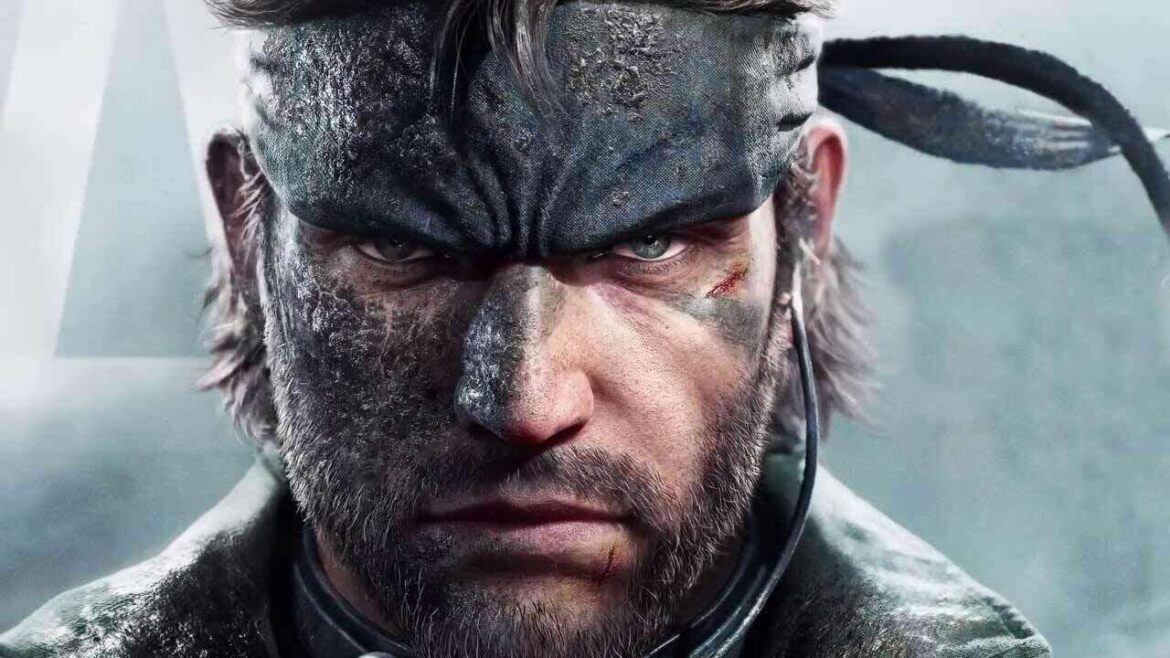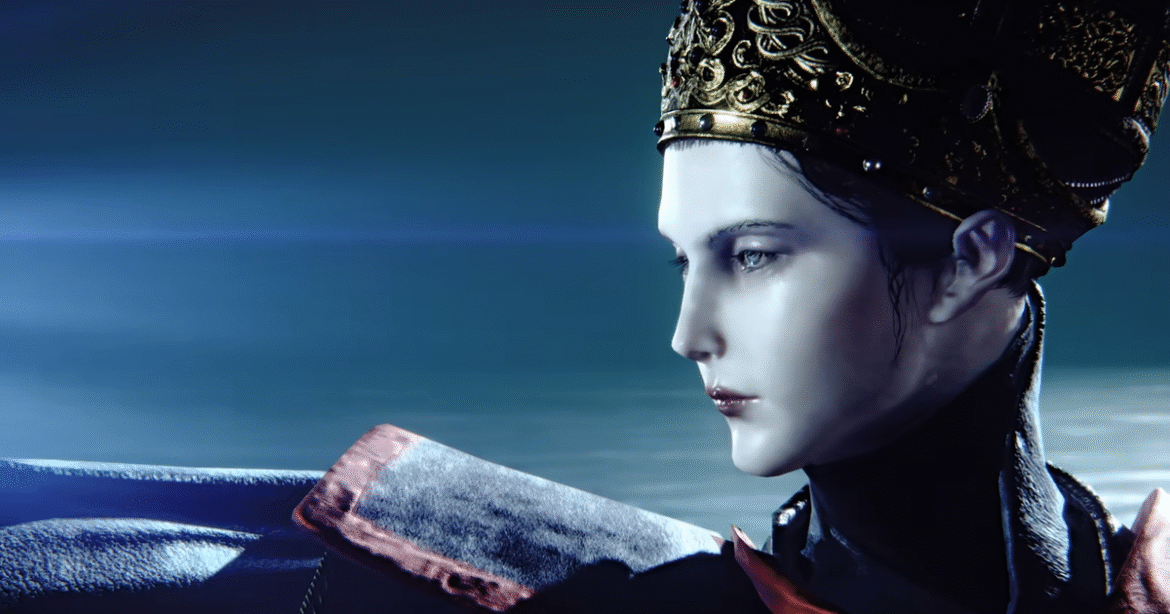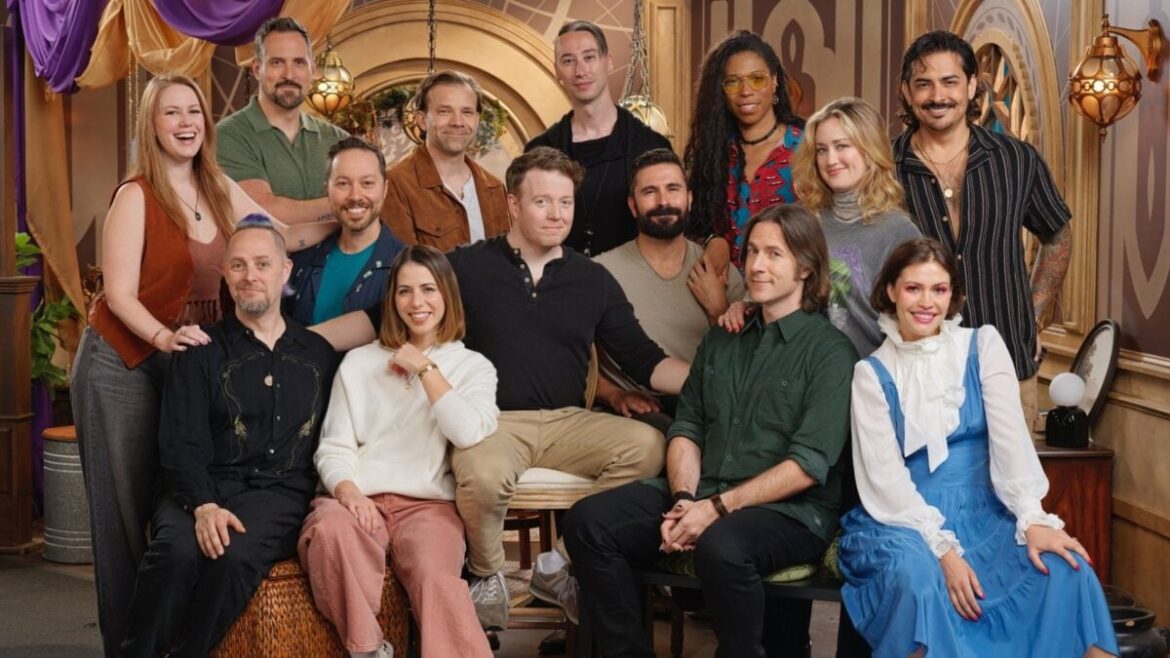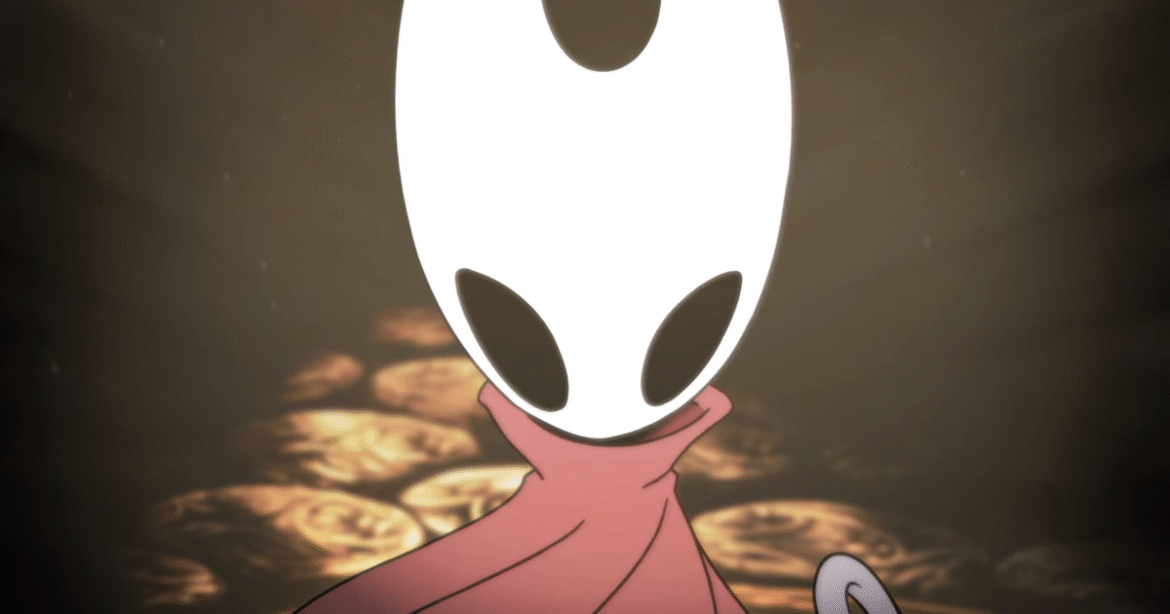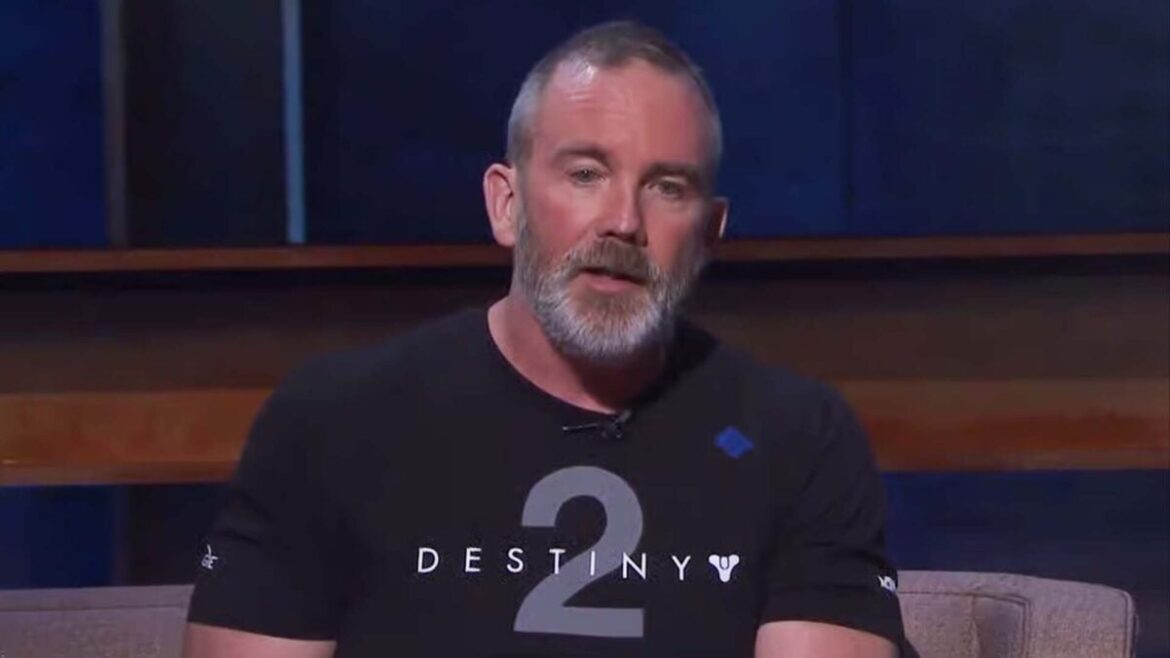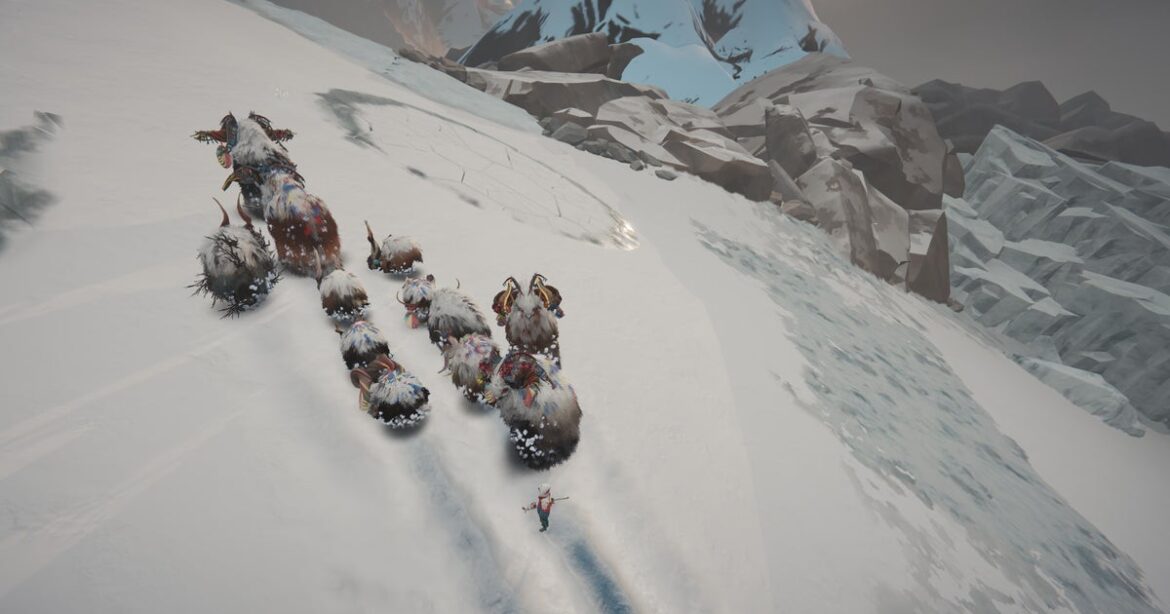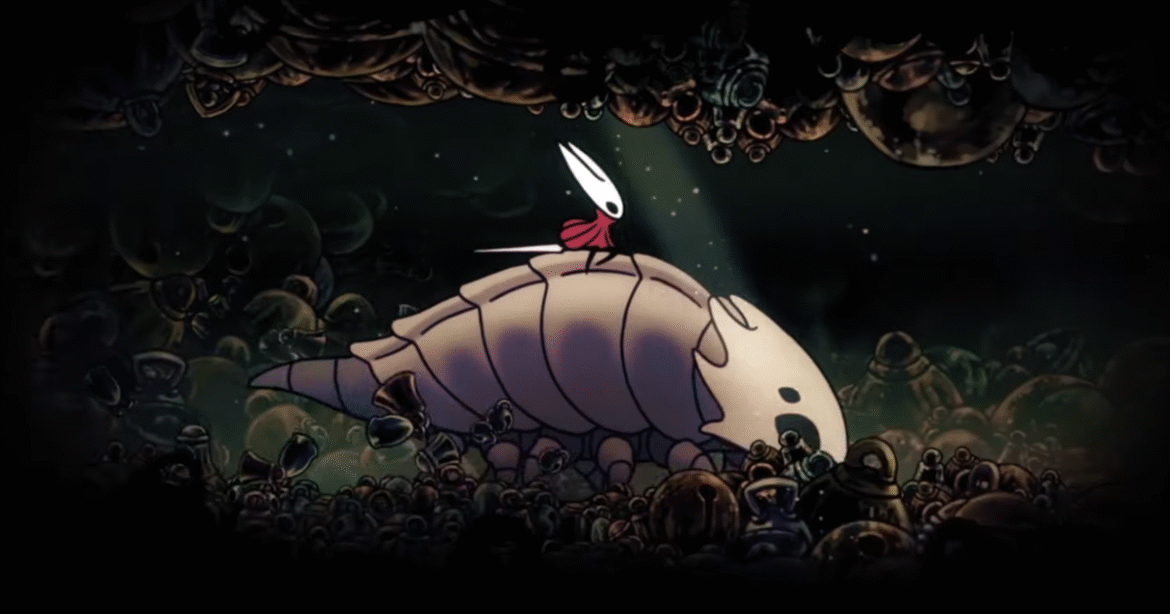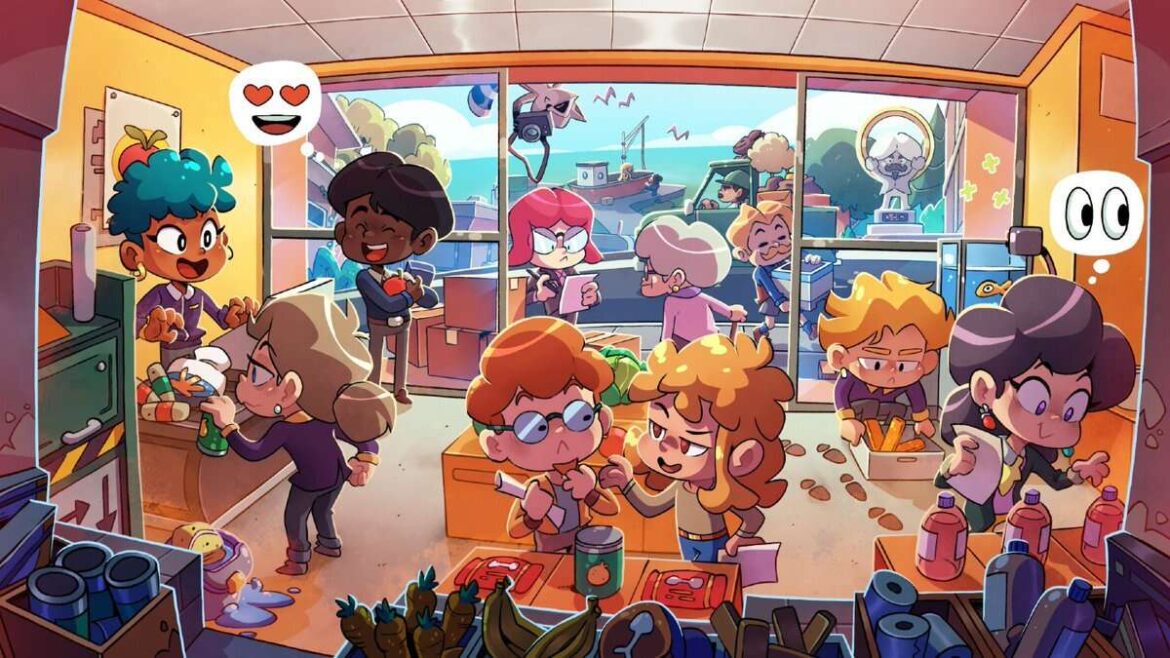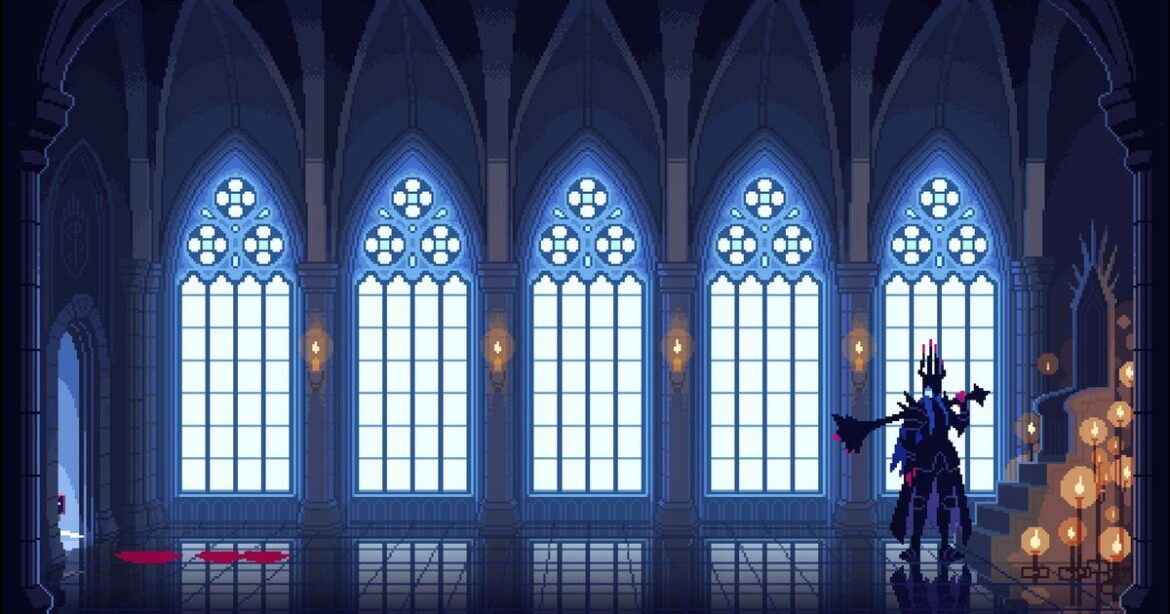There’s a good chance that, at some point in your life, you’ve been so enamored of a piece of media that you’ve considered what it’d be like to experience it for the first time again. Watching Terminator 2, hearing Enter the Wu-Tang, and reading The Dark Knight Returns shaped who I am and, as a result, I remember the moments I experienced them with crystal clarity. Over time, however, those memories have become divorced from the emotions they stirred and what’s left in their place is a longing for those lost feelings.
Video games are the only medium that I think are capable of making that first-time-again fantasy a reality–or as close to one as we’re going to get. Time puts distance between us and the emotionally significant moments we cherish, but it also brings us closer to exciting technologies that can make the old feel new. In the right hands, those technologies can create opportunities to stoke those profound emotions again, even if it’s just a little. Metal Gear Solid Delta: Snake Eater does exactly that.
Want us to remember this setting for all your devices?
Sign up or Sign in now!
Please use a html5 video capable browser to watch videos.
This video has an invalid file format.
Sorry, but you can’t access this content!
Please enter your date of birth to view this video
JanuaryFebruaryMarchAprilMayJuneJulyAugustSeptemberOctoberNovemberDecember12345678910111213141516171819202122232425262728293031Year202520242023202220212020201920182017201620152014201320122011201020092008200720062005200420032002200120001999199819971996199519941993199219911990198919881987198619851984198319821981198019791978197719761975197419731972197119701969196819671966196519641963196219611960195919581957195619551954195319521951195019491948194719461945194419431942194119401939193819371936193519341933193219311930192919281927192619251924192319221921192019191918191719161915191419131912191119101909190819071906190519041903190219011900
By clicking ‘enter’, you agree to GameSpot’s
Terms of Use and
Privacy Policy
enter
Now Playing: Metal Gear Solid Delta: Snake Eater Review
Before getting into what’s new, what can’t be overlooked in making Delta such a good game is the fact that Metal Gear Solid 3: Snake Eater remains a compelling, well-told story that has strong characterization and deals with some heavy subject matter. It approaches this with a strange mixture of self-seriousness and complete irreverence that is uniquely Metal Gear Solid and, for my money, balances both parts better than any other entry in the series. The stellar stealth is supported by systems that feed into the fantasy of surviving in the jungle and braving the elements, whether that be hunting for food or patching yourself up after sustaining injuries. Delta replicates it and, in my opinion, is better for it. The excellent work that the original Metal Gear Solid 3 dev team did remains the heart and soul of Delta, and it continues to shine.
Visual changes are the most noticeable contributor to elevating MGS3. While its fresh coat may have been painted on in the most clinical manner possible, that shouldn’t take away from the fact that it makes Metal Gear Solid 3–a third-person stealth-action game about sneaking through jungles, taking out soldiers, and uncovering vast, interlocking Cold War conspiracies–feel alive again.
What impressed me in the original PlayStation 2 release was how the jungle felt like it was teeming with life: numerous species of frogs hop about, snakes slither through grass, the distant sounds of birds, and the too-close buzz of agitated bees, not to mention thickets so dense that I felt like I was lost in an open-world as opposed to being deftly guided through a linear one. After years and countless playthroughs, the child-like wonder it initially inspired faded away, but Delta restores it using the brute force power of the Unreal Engine.
Delta looks absolutely stunning–jaw-dropping at times. In the jungle areas, the environments have the vibrancy and life that you’d expect to come from the naturality of green grass, towering trees, thick mud, decaying bricks, and worn wood, but it never feels artificial and, in fact, feels like it makes good on the Cold War-era, Soviet Union-set vibe in the same way the original did. I have no doubt that there will be discussions about the game’s visuals looking like a dispassionate implementation of Unreal Engine. Despite the fact that games like Fortnite prove it’s a misnomer at this point, Delta at times can look like it has the muted, greyish, brownish industrial footprint that people criticize the Unreal Engine for. But upon closer inspection of both individual details and how all of it coalesces, it becomes evident that skilled artists with a clear vision and direction have poured time and effort into elevating Delta above that.
The Unreal Engine sheen is replaced with touches that come together to give authenticity to the muddy floors, wet stone walls, and metal rusted-looking enough that you worry about Snake getting tetanus. And much of that is reflected on the character models too. Snake’s body–whether you’re wearing clothes or not–will pick up the dirt and grime of whatever he comes into contact with; sometimes even foliage in the environment will stick to him. In a similar fashion, damage is accurately represented on his body and can lead to scars or marks becoming visible. Counterintuitively, playing the game so that you rarely take damage robs you of the opportunity to see this impressive level of detail.
Nevertheless, the takeaway here is that there has undoubtedly been a great deal of work put into the character models. Every single character in the game, from key players like Snake, Eva, Ocelot, and Volgin to less present ones like Sokolov and Granin, or the rank-and-file GRU and Ocelot Unit soldiers, look intricately detailed and, I daresay, lifelike at times. Original MGS3 director Hideo Kojima’s flare for cinematic framing benefits from the new visuals since there are a number of up-close shots of faces or slow-motion movements to intensify action sequences. If you didn’t know that this is exactly how it was in the original, you’d think that Konami was doing all this to show off how good the graphics are in Delta.
If you’re a Metal Gear Solid fan, you’ll be aware of the infamous pachinko machine that gave us a look at The Boss rendered with a level of detail we’d never seen her in before. That elicited a fan response that I’m willing to bet was a factor in getting this remake off the ground–Delta betters that by a considerable margin. The character models look improved and, in particular, the lighting is spectacular. The game takes Snake through a variety of different times of day and cycles through different types of weather, and it’s genuinely impressive how the terrain is impacted and how the overall atmosphere and feel changes. Stepping out into the open in broad daylight when the sun is bearing down left me feeling exposed and desperate to quickly throw myself into nearby grass or behind a wall to cut off sightlines. Sneaking through a jungle at night, with surroundings illuminated only by moonlight and the threat of soldiers suddenly popping up because of limited visibility, was tense, even though I had a good memory of enemy locations and patrol patterns. When the game moves to internal locations such as labs and enemy bases, things become a little less interesting, but still impressive in their visual fidelity. It’s just that, next to the jungle, the interior environments provide fewer opportunities to be wowed as they’re more uniform and predictable.
There are so many details that I want to talk about in Delta, but getting to see just how thorough Konami has been with the visual overhaul is genuinely one of the joys of playing the game. Seeing micromovements of The Fear’s eyes accentuated his reptilian, animalistic nature; Snake’s reflection in The Fury’s glass helmet as he begins his fiery climactic ascent gave me a new level of appreciation for a lot of the character work that Kojima and the team did on the PS2, and there are instances of these kinds of details in every scene. What the limitations of old hardware left to the imagination, the power of modern technology now depicts in glorious detail.
Visuals have taken up the vast majority of this review, and for good reason. Not just because it’s where the most work has been done, but also because, for longtime fans, they’re what is going to be most impactful–those are the people that I think will have the strongest response to what they’re seeing and playing. A great deal of appreciation for what Delta achieves comes from my intimate familiarity with Metal Gear Solid 3–I have played this game so many times that every screen of it is burned into my mind, so seeing what I’m so familiar with but with a level of detail that was simply impossible in the 2000s and, by modern standards, is best-in-class, was often arresting. I’m sure that almost everyone can objectively agree that Delta looks great, but for people like me, the effect of and appreciation for the new visuals goes far beyond. Metal Gear Solid has never looked this good.
What’s more uniformly appreciable for everyone, however, is the new control scheme and the gameplay tweaks implemented to accommodate them. A big part of modernizing MGS3 has been switching to smoother movement and aiming. For the former, Konami has implemented animations and transitions that bring the game closer to the fluidity of Metal Gear Solid 5. Instead of jarringly switching from standing to crouching and then crawling, Snake now naturally moves between the different states and can transition while in motion, which makes navigating environments while using obstacles and hiding opportunities frictionless. Similarly, the way Snake moves his body when laying down and aiming is smooth. It’s not quite as robust as what you can do in MGS5 and crawling can sometimes still feel a bit unwieldy, but it’s vastly improved to the point where it shouldn’t be a stumbling block for anyone new, as it would be if you fired up the original version.
Complementing the freer and more fluid movement is a tighter viewpoint that brings the camera close to Snake, adopting the familiar over-the-shoulder perspective for aiming in third-person. This means you can be far more precise with shots, since Snake, his aiming trajectory, and what you’re aiming at are always in view. Those who haven’t played it may be shocked to hear that wasn’t the case in the original, which had a restricted isometric viewpoint and then more of a controllable camera in the Subsistence version. In both cases, it made for some awkward gameplay moments.
The one trade-off with all this is the fact that this Snake’s newfound efficiency in movement and proficiency with firearms does trivialize a lot of the boss fights, which make up the bulk of the coolest parts of the game. If you’re new to the game, you’ll still find they present a good challenge since each one has quirks that need to be figured out. However, if you know what you’re doing, you can tear through them very quickly. It doesn’t feel like I was able to dispatch them considerably faster than I could if I tried on the PS2 today, but being able to see more, get around more easily, and shoot better means that members of The Cobra Unit feel even more like pushovers now. That is, except for The End; that old geezer is still a geriatric menace.
Delta isn’t completely free of issues. Alongside the new perspective, there is a cover system that has a certain stickiness to it that can be frustrating. It’s not quite the Gears of War glued-to-the-wall level, but more of a gravitational pull towards walls, particularly the corners. That meant that I would accidentally snap into cover when I didn’t intend to, particularly in smaller rooms where the camera is close and there are boxes around Snake. On the one hand, intentionally going into corner cover is appealing since it’s much easier to pop out and fire a shot off with the new over-the-shoulder aiming system, but on the other, I didn’t find myself using that method very much since I could now reliably shoot from the hip or quickly swap into first-person mode and fire off a shot, so all in all, the system ends up getting in the way for me.
When it comes to the other new additions, for the most part they make sense and don’t drastically alter the gameplay experience, instead enhancing it. One is the introduction of a specific button that can be held to enter into a stalking mode that slows Snake’s movements down and makes him much quieter. It can be used when walking, crouch-walking, or crawling. Think of it as the slow-walk that you’d get from tilting the analog stick on the PS2 slightly. Initially, I didn’t really understand why this was necessary and felt it wasn’t that useful since it was so slow. But then I realized it was crucial if you want to sneak up on an enemy to hold them up or get them in a CQC move. The enemies in Delta have better awareness and perception, so if you slow walk or crouch walk behind a soldier without holding the stalking button, they will hear Snake and chaos will quickly erupt. Truthfully, I never got comfortable with getting up close to the extent that I relied on it as a frequent method of engagement like I would in the original; it felt far more risky, which meant when I was attempting a grab or hold-up, I felt more stressed out than I expected. I haven’t felt my palms get sweaty while playing MGS3 in many years, but I was wiping my hands on my pants frequently while playing Delta.
Enemies can now see much farther and have better awareness of what is above or below them. I was surprised to find that I aroused suspicions from positions that I know for sure are safe in the original game, so veterans shouldn’t underestimate soldiers in Delta–they’ve got some new tricks up their sleeves. On top of that, some of the weapons behave a little differently. In particular, as someone who prefers the non-lethal play style and relies on the MK22 for it, physics come into play and bullet drop is more severe, so you can’t easily send tranq darts into heads from long distances. Even at close range, you need to account for changes in trajectory. I went in thinking I could carry on running rings around enemies and putting them to sleep quickly, but found myself burning through ammo reserves and silencers due to the changes in gun behavior. The same goes for recoil on assault rifles and sway on the RPG during the escape sequence–careful where you’re firing those rockets.
The remaining differences come largely as quality-of-life tweaks. A new compass that is accessed from the equipment menu will pop up in the corner and point the way to the next objective when equipped; the life, stamina, and camo index have been moved to the bottom middle of the screen, freeing up the rest of it so you can soak in the visuals; the camo and face paint swap feature can be accessed through a shortcut assigned to the D-pad but uses pre-determined combinations, so there’s still value in going into the full menu and individually selecting your desired outfits. The codec can also be accessed through a D-pad shortcut, which makes getting to the save screen much easier, and you can also tune the radio to specific frequencies from the shortcut too. Finally, when enemies become suspicious or are alerted, an on-screen indicator where the enemy with eyes on you is located. You don’t get the last-chance shot from MGS5, so it’s mainly just a good way to improve situational awareness for the player and, if you’re quick enough, get out of sight.
There are other aspects of Delta that didn’t land for me. For some reason, Konami felt the need to re-record the Snake Eater vocal theme. Admittedly, I don’t dislike it–in fact, Cynthia Harrell’s vocal performance remains top notch–but it just feels… wrong. Again, a lot of that is because of my familiarity with the original and how jarring it is hearing a different version of it. However, it does throw the timing of the iconic ladder climb off slightly. And while the visuals are high-quality, there are moments where blemishes become far more noticeable. At times, there is artifacting around strands of hair when they’re up against certain backgrounds. Eva and The Boss can sometimes look like they’ve got a jumble of pixels stuck to the sides of their heads. And occasionally, there are stutters during cinematic sequences when a lot is going on, as the game lurches to get all the visuals and effects going after a cut.
But these are small idiosyncrasies in a game that has otherwise been made with a clear reverence for the source material. There has been a lot of toxicity around the Metal Gear Solid franchise for a while now, and some of that no doubt lingers and will color the sentiment around Delta. After all, Kojima isn’t involved in Delta and fans of Metal Gear Solid have a longstanding animosity toward Konami because of the high-profile break-up between the two parties, as well as the reported impact the dissolution of the relationship had on Metal Gear Solid 5.
However, it can’t be denied that Konami has done right by Metal Gear Solid 3 with Delta. There’s love put into the project and, at times, it feels like an appeal to fans from likeminded fans at the studio. It’s evident in the details that only longtime Metal Gear obsessives will appreciate: the fact that the game can be played in its original form with the new visuals through the Legacy control options; the various new camos from post-MGS3 titles that are available (though admittedly as DLC); the inclusion of extras such as the new secret theater; the food, camo, and model viewer, as well as Snake Vs. Monkey; or that the Guy Savage minigame, which has been omitted from various HD collections, making its return. It’s legitimately awesome in the new version, which is unsurprising since Platinum Games developed it.
Delta isn’t the first instance of Hideo Kojima’s beloved classic being updated and re-released, but it is the first complete rebuild of MGS3. It successfully modernizes visuals, tweaks game design, and updates controls so that the game sits comfortably alongside its action game contemporaries. From a content perspective, Konami has played it incredibly safe, using the same voice work and music, and leaving the story completely unaltered–effectively making Delta a one-to-one remake. But I can’t fault that, especially when I found myself once again enraptured by Snake’s tortuous mission to pull the world out of nuclear danger and fight for survival in a dangerous jungle. The impact of Konami’s efforts was such that, for eight hours, I wasn’t an adult yearning for the lost feelings that made me love Metal Gear Solid 3; I was the teenager living them for the first time again.

